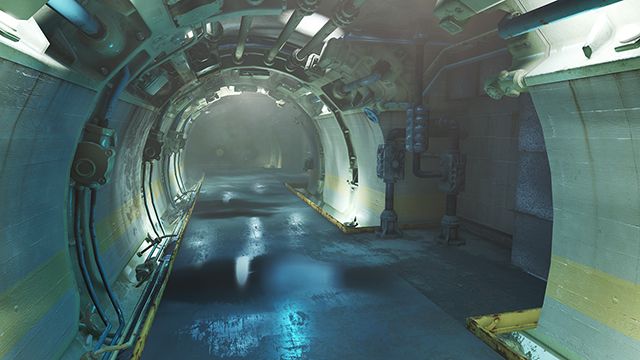

Now, the Last Rendered Buffer sends the frame to the front buffer for scanning and displaying it on the monitor. In the meantime, the Front buffer undergoes the scanning process, and the image is then sent to the monitor.

Initially, the GPU renders a frame into the Back buffer, and then the frame in the Back buffer is immediately moved to the Last Rendered Buffer. After this, the GPU renders the next frame into the back buffer and while this happens, the frame in the last rendered buffer is moved to the front buffer. Now the Last Rendered buffer waits for the next frame, from the back buffer. NVIDIA manages to make this possible by introducing a new additional “ Last Rendered Buffer” that sits right between the Front and Back buffer. With Fast Sync, that’s not the case at all, as the latency is significantly minimized and pretty close to what you’d get when V-Sync is turned off. Nowadays, most of the gamers prefer keeping V-Sync disabled as the latency could even go over 100 ms. One of the biggest disadvantages of enabling V-Sync for gaming is input lag, which hinders the gaming experience, especially if you’re playing fast-paced games. NVIDIA Fast Sync is the company’s newest solution to fix all the screen tearing issues, while keeping latency to a bare minimum, thereby making it a much better option than the traditional V-Sync technology.


 0 kommentar(er)
0 kommentar(er)
